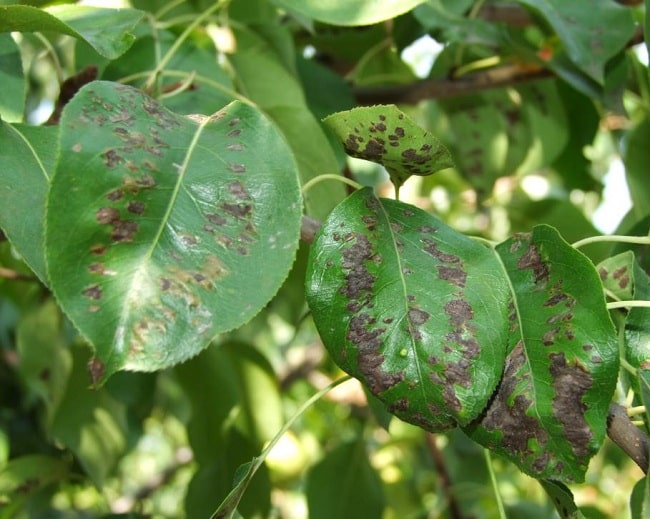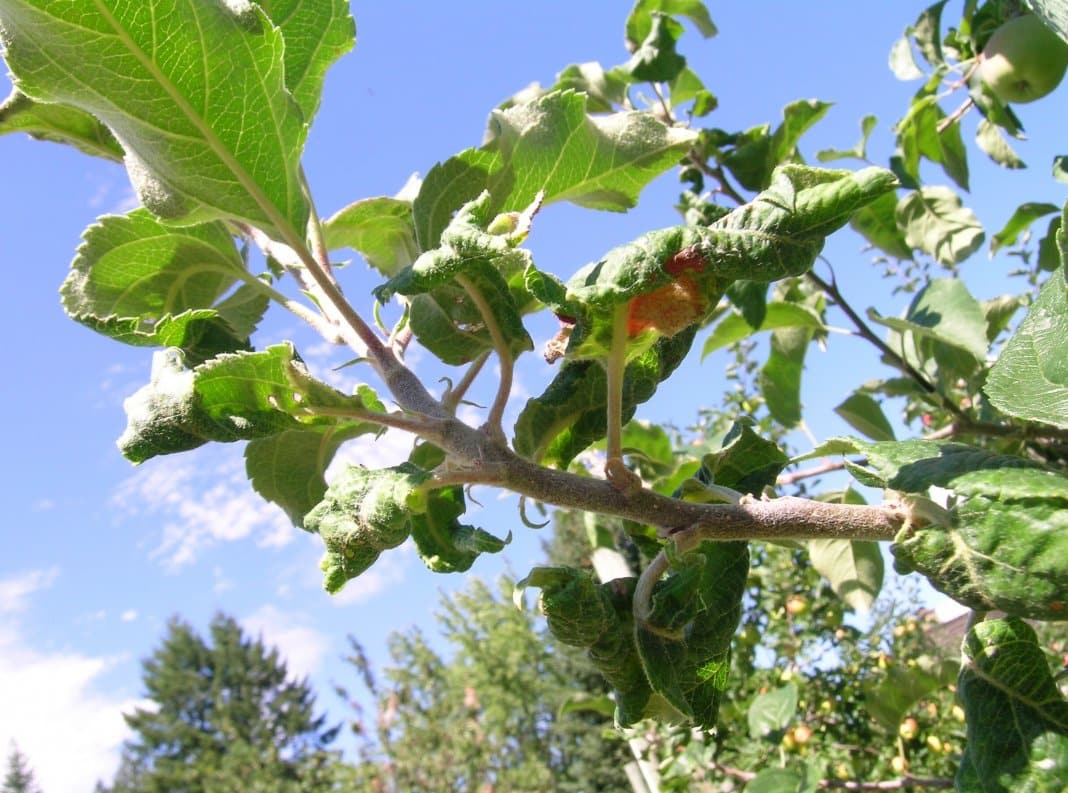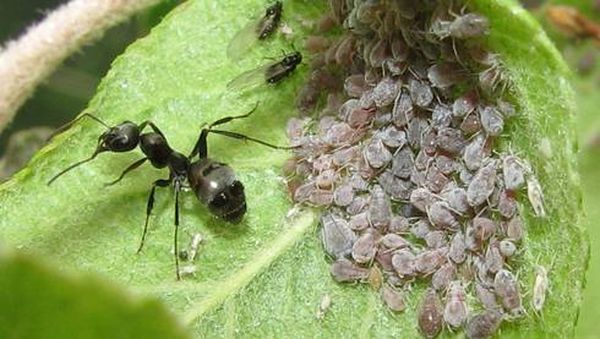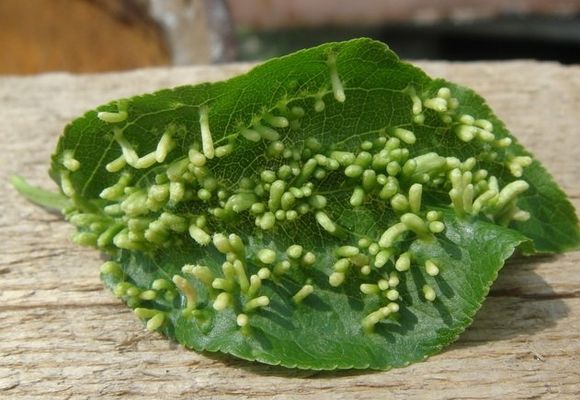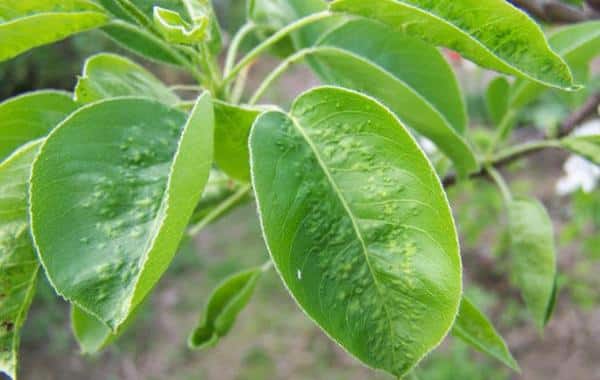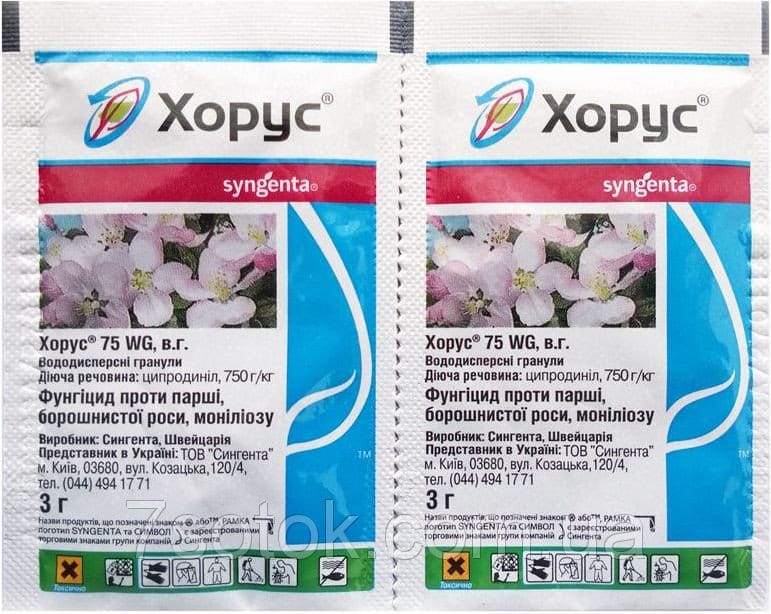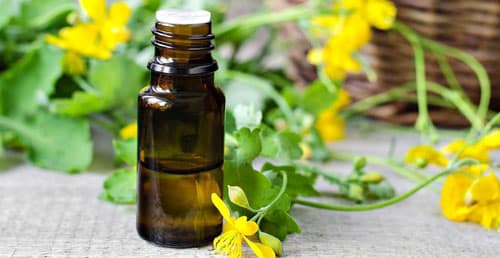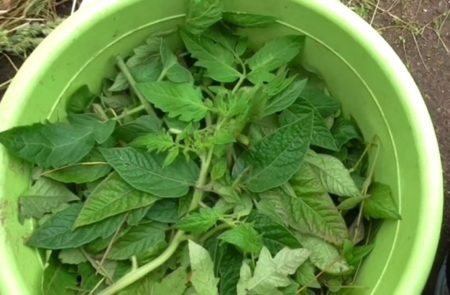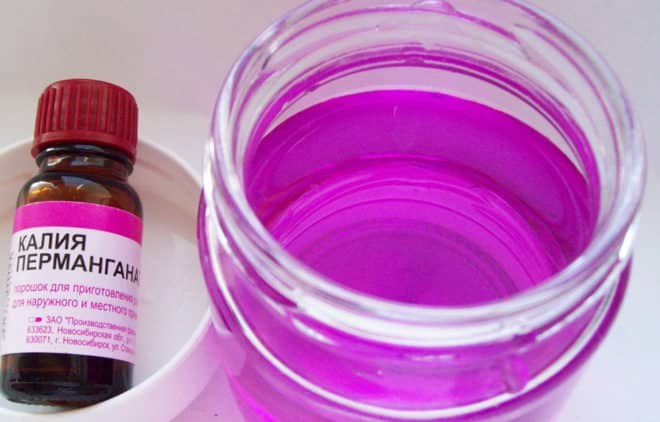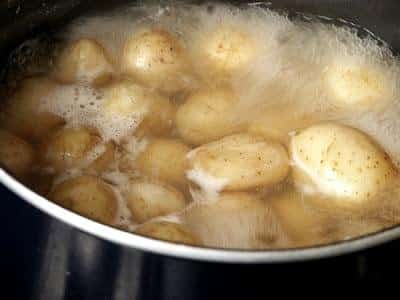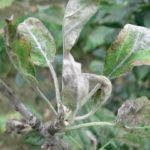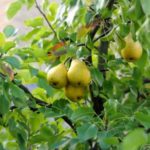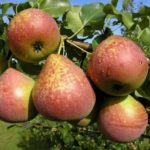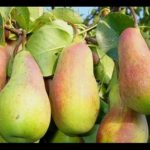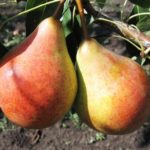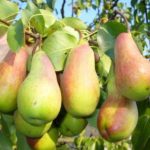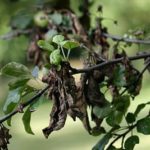Pear leaves can curl for various reasons. But most often this happens due to improper care and the appearance of diseases or pests. This is a serious problem that has a negative impact on future yields.
- Main reasons
- Nutrient deficiency
- Fungal diseases
- Bacterial diseases
- Viral diseases
- Insect invasion
- Aphid
- Pear copperhead
- Mite
- leaf roller
- Improper care
- Tree treatment
- Chemicals
- Folk
- Herbal infusion of celandine
- Wormwood infusion
- Infusion of tomato tops
- Decoction with horsetail
- Potassium permanganate solution
- Dandelion infusion
- Potato infusion
- Tobacco infusion
- Onion broth
- How to prevent it?
Main reasons
Curling of leaves is a common problem for many gardeners who have fruit trees growing in their garden. The main reasons why this happens include:
- Incorrect care.
- Lack of moisture in the soil.
- The tree does not receive enough nutrients from the soil.
- Over the winter the roots froze.
- The appearance of diseases or insects on the plant.
- Young leaves curl due to the appearance of viruses and larvae.
In a pear seedling, the leaves often begin to curl due to weak immunity or a violation of the technology of planting in a permanent place.
Nutrient deficiency
Nutrient deficiency often causes yellowing and curling of the leaves on the tree. This problem is the easiest to solve. It is enough to organize a schedule for applying mineral and organic fertilizers in the spring.
Fungal diseases
Fungal diseases include:
- scab;
- powdery mildew;
- rust;
- brown spot;
- black cancer;
- cytosporosis
The danger of fungal diseases is due to the fact that fungal spores quickly spread throughout the garden. If measures are not taken in time, then after a while all the trees in the garden will be infected.
Bacterial diseases
Bacterial diseases include fire blight and root canker. The first sign of a bacterial disease is leaves curling into a tube. Then they begin to turn black and fall off.
To prevent disease, remove weeds and destroy insects in a timely manner. In addition, pears are fed with mineral fertilizers.
Viral diseases
Viral diseases include:
- mosaic disease;
- witch's broom;
- grooved wood.
The causes of viral diseases of pear are the appearance of insects, single-celled microorganisms and fungi.
Insect invasion
The second reason for the appearance of curled leaves is harmful insects.
Aphid
If ants appear on the site, it means that aphids will soon appear. Before the appearance of buds, pears are sprayed against aphids with the preparation “Kinmiks” and “Agravertin” before flowering. The last spraying is carried out after fruit set. The biological product “Iskra” is used.
Pear copperhead
Pear worm not only spoils the tree, but also contributes to the appearance of sooty fungus. As a preventive measure, immediately after the leaves fall in the fall, they are burned. In addition, mineral fertilizers are applied to the soil during the fruiting season. To get rid of the copperhead, 2 weeks before flowering, the pear is sprayed with organophosphorus preparations.
Mite
Ticks feed on the sap of young leaves. First, brown spots appear on them, and then they fall off. For prevention, plants are regularly thinned and some of the branches are cut off. The cut sites are disinfected. If insects have already appeared, the trees are treated with sulfur- and phosphorus-containing preparations during the period of bud emergence, during flowering and after harvesting the fruits.
leaf roller
“Karbofos”, “Iskra” and “Landing” help against the leaf roller. The danger to the pear is posed by the larvae, which cause the main damage to the tree.
Improper care
Leaves can also curl into a tube due to improper care. Rare watering and lack of nutrients in the soil negatively affect the health of the tree. In addition, it is important to trim trees twice a year and prevent weeds from appearing.
Tree treatment
What to do if damaged leaves begin to appear on plants? As soon as curled leaves begin to appear on the pear, it is important to begin treatment immediately, so that later you do not have to cut down the entire garden.
Chemicals
Chemicals that are effective against diseases include:
- "Horus";
- "Abiga Peak";
- Bordeaux mixture;
- "Skor";
- "Rayek."
Spraying with copper sulfate or copper oxychloride also helps against pear diseases. To prevent powdery mildew, trees are sprayed with Topaz.
Folk
You can treat plants against pests and diseases using traditional methods, which are no worse in effectiveness than chemicals. The advantage of folk recipes is that they are safe for humans and animals.
Herbal infusion of celandine
To prepare the infusion, take 1 kg of fresh raw materials and 500 g of dry celandine. The raw materials are poured with a bucket of warm water and infused for 12 hours. Before spraying the plants, the infusion is passed through cheesecloth to remove any remaining herbs.
Wormwood infusion
An infusion of wormwood helps get rid of insects, since they cannot stand its smell. Fresh wormwood is poured with warm water and infused for 24 hours. Then pour it into a spray bottle and treat the pear.
Infusion of tomato tops
In the fall, after the tomato harvest, the tops can be used as a remedy for pear diseases. To prepare the infusion, add 1 bucket of water to the tomato tops and leave for 2 days. The plants are sprayed with the prepared infusion in the fall after harvesting the fruits.
Decoction with horsetail
Horsetail decoction is used for rust. Pour 1 kg of fresh raw material into 10 liters of water and leave to infuse for a day. The next day, the infusion is boiled for half an hour over low heat. When the broth has cooled, it is diluted with water and sprayed on the plants. The rest of the broth is poured over the pears.
Potassium permanganate solution
A solution of potassium permanganate helps fight powdery mildew. But it is effective in the initial stages of the disease.4 g of potassium permanganate is diluted in 10 liters of water and the foliage is treated. It is also worth watering the soil around the trunk.
Dandelion infusion
Pour water over fresh grass and dandelion inflorescences and place on low heat for 20 minutes. When the broth has cooled, it is used to treat the foliage of the tree.
Potato infusion
Infusions based on potato tops help get rid of aphids, mites, leaf rollers and codling moths. To prepare the infusion, 1 kg of fresh tops is crushed and filled with water. Leave in a warm place for 5 hours. Before processing the plants, add grated laundry or tar soap to the infusion. It is advisable to spray the pear with infusion in the evening. It is also worth checking the weather forecast in advance to ensure that it does not rain in the coming days.
Tobacco infusion
Tobacco infusion is effective against insects. Fresh tobacco is crushed and filled with a bucket of water. Insist for two days. Pass through cheesecloth and dilute with water. Spray in the evening in calm, dry weather.
Onion broth
Pour water over the onion skins and bring to a boil. Spray the pear with the decoction several times a week.
How to prevent it?
To prevent the occurrence of diseases and pests, pear trees are regularly pruned. Sanitary pruning is carried out in the fall. All pruned branches are destroyed away from the site.
Several times a season, the area where pears grow is weeded and weeds destroyed. Regular feeding is also important. Organic and mineral fertilizers increase plant immunity. At the first signs of infection, you need to take immediate action. If you do not start treating the pear in time, you can lose not only the harvest, but also the tree. Many advanced stage diseases cannot be treated.

